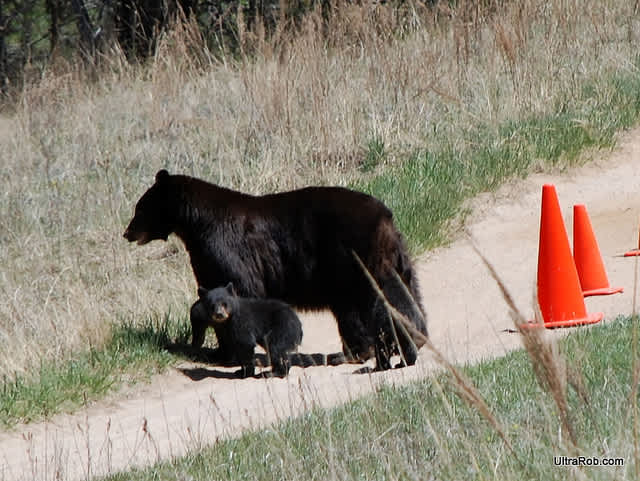2012 Concludes as One of the Worst Years for Bear-Human Encounters in Colorado
OutdoorHub Reporters 01.04.13

The number of bear-human conflicts in the state of Colorado reached unprecedented numbers in 2012 as a startling amount of bears were killed by means other than hunting. Experts believe the early 2012 drought decimated food supply for bears (oakbrush acorns, chokecherries, and serviceberries), which pushed them deeper into human territory, but it’s not just a food shortage that drew humans and bears closer.
“Colorado has 5.2 million residents,” Randy Hampton, statewide spokesman for Colorado Parks and Wildlife (CPW), told the Durango Herald. “There are more people recreating, more people on the road and more energy development, so we’re seeing bears where we never saw them before.”
In nearly every CPW region, there were stunning increases of bear mortality by non-hunters. In Region 15, which includes Dolores, San Juan, Montezuma, La Plata, and Archuleta counties, there were 83 bears killed–of those, 53 were road kills, 10 by landowners, and 20 by CPW officials eliminating nuisance bears. The total number of deaths in 2011 totaled only 36 in this region and the year before that (2010) it was 30.
In Region 8 (Eagle and Pitkin counties and eastern Garfield County), the Denver Post reported that there were 100 bears killed through November by non-hunting means. In 2011, the number was only 32, although in 2009, another dry year, there were 59 killed.
This year was cluttered with unusual news stories of bears stuffing their noses where they don’t belong. Perhaps one of the most unusual stories was one of a bear escaping up a tree on the campus of the University of Colorado Boulder, only to be later killed by a car on the highway. It was one of at least two bears falling out of trees reported in Colorado.
In Estes Park, Colorado, a young black bear with a sweet tooth successfully broke in to a candy shop overnight and made out with numerous treats. Although the black bear survived, another black bear was not so lucky. Wildlife officials tracked and killed a bear identified in two mauling incidents at campsites near Aspen.
In August, CPW issued a release detailing some common causes of the bear influx in residential areas, listing bird feeders, small livestock, and garbage as the biggest bear attractants. Find tips from the CPW about how to keep bears away from your home by clicking here.

